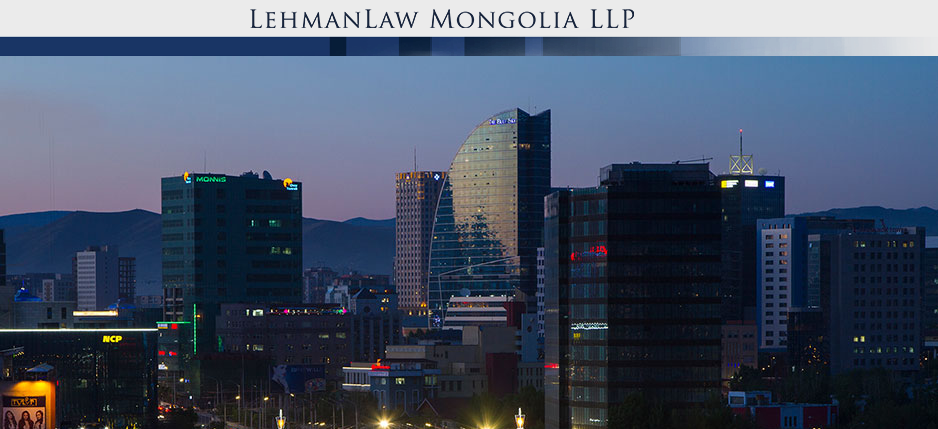We have already posted a brief introduction about the Competition Law of Mongolia earlier. This time, we would like to address this blog on issues related to the legal regulation of business entities in dominant position.
The legal regulation of the business entities in dominant position is currently governed by the Competition Law, the Procedure for Determining Legal Monopolies and Dominant Entrepreneurs, and the Procedure for Reorganizing a Dominant Legal Entity by Acquiring and Merging with Other Legal Entities and Concluding the Purchase of a Competitor’s Shares.
A business entity in dominant position is an entrepreneur who solo or in association with other persons in a particular product market accounts for one-third or more of the production, sales, or purchases of the product in that market. In addition, the business entity accounts for less than one-third of the production, sales or purchases of the product in the market, but the ability to block other entrepreneurs from entering the market or to push them out of the market, could be considered as business entity in dominant position based on its range of products, market geographical boundaries and market concentration.
The dominance of any business entity shall be determined in accordance with the procedure set forth in the Regulation for the Determination of Natural Monopolies and Dominant Entrepreneurs. If a dominant entity is identified in accordance with such regulation, the Authority of Fair Competition and Consumer Protection issue a decision confirming the dominant entity and register it in the list with “Dominant Enterpreneur Registration”.
The dominant business entity shall be ogliged to submit its audited financial statements of the previous year, market research, proposals and other necessary documents to the Authority of Fair Competition and Consumer Protection within the first quarter of each year.
Based on sources, such as the information, reports, research and analysis conclusions issued by the Customs authority, Tax authorities, the Central Statistical Office and other government organizations, plus the report, research and proposal submitted by the legal entity, Authority of Fair Competition and Consumer Protection shall make a decision excluding the business entity from the list with“Dominant Entrepreneur Registration”.
It is strictly forbidden that the business entity in dominant position use their dominance illegally in the market by restricting the number, quantity and price of goods sold in the market in order to block other entrepreneurs from entering the market, restricting competition and sabotaging consumers.
